
I was going to catch it and have it bronzed for posterity.
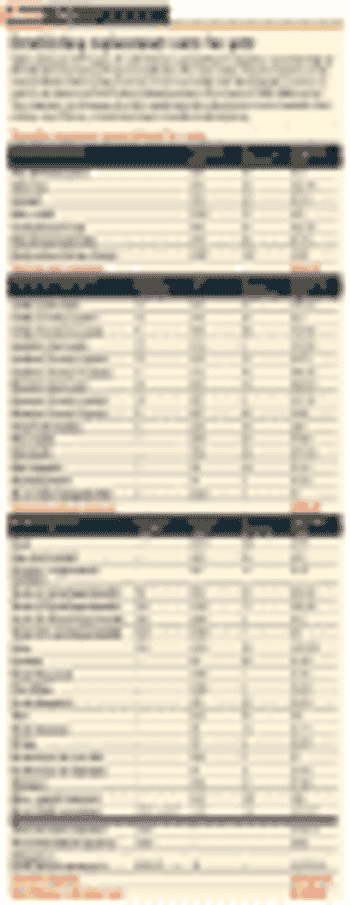
YARDLEY, PA. — As the profession's watchdogs suggest lawsuits seeking emotional distress damages against veterinarians are on the rise, one lawyer/DVM expert has created the means for calculating and increasing pet worth apart from non-economic relief.

Boise, Idaho — The Idaho State Department of Agriculture plans to shelve legislation that critics say would have demoted the state veterinarian's status in an attempt to cement the position.

Denver — Hosting a holiday party or picnic that is entertaining and uplifting can be very inspirational for the hospital team.

Pleasant Hill, Calif. — Increasingly vulnerable to lawsuits and state board complaints, veterinarians remain on the lookout for liability concerns in their practices, and graduates should be aware of the dangers of not working in a legally sound environment.
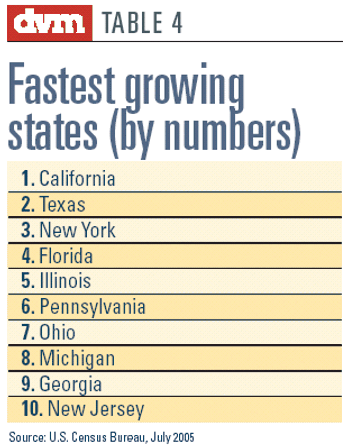
National Report — Where are the jobs in veterinary medicine?

Chicago — American Veterinary Medical Foundation (AVMF) officials report the nation's concern for animal health since last year's hurricanes led to an influx of donations into the once-struggling charity.

Canine hemangiosarcoma (HSA) is an incurable tumor of vascular endothelial cells. HSA accounts for 7 percent of all cancers; thus, of the 65 million pet dogs living in the United States today, between 1.5 million and 2.5 million could get HSA and succumb to it. Although dogs of any age and breed are susceptible to HSA, it occurs more commonly in dogs beyond middle age and in breeds such as Golden Retrievers, German Shepherds, Portuguese Water Dogs and Skye Terriers. The estimated life-time risk of HSA in Golden Retrievers is one in five, illustrating the magnitude of this problem.

Assessing albumin production and the possible causes of albumin loss is important when diagnosing and treating patients with hypoalbuminemia.

NATIONAL REPORT — Veterinary students need to factor educational increases into long-term financial plans. Rising tuition costs usually mean decreased spending limits and increased debt load, experts say.
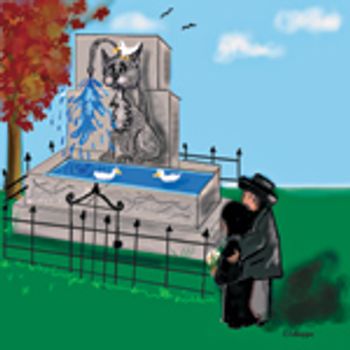
One day last month, I was cruising along a winding, two-lane country road when I noticed a man jogging up the street in the opposite direction. A moment later, I saw a lady walking briskly along a crossroad. She was wearing earphones and apparently listening to her favorite music as she waddled her way to fitness. Within the next few minutes, I counted six more people running, walking or exercising outdoors. This adds up to a strange set of circumstances for a wintry Sunday afternoon in eastern Pennsylvania. I wasn't surprised though. You see, it was Jan. 1, New Year's Day, and all those people had undoubtedly resolved to slim down and get fit during 2006.
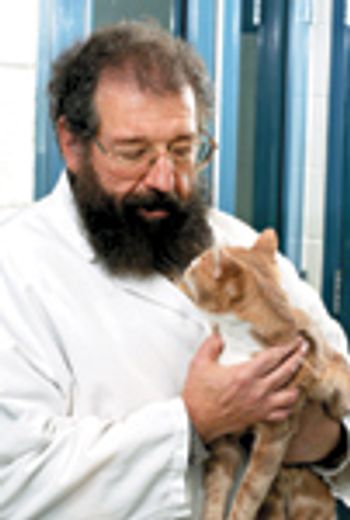
Euthanasia and adequate control of pain top the list of ethical dilemmas for this decade.

Tempe, Ariz. — An activist-backed ballot proposition to eliminate sow gestation stalls in Arizona stands to produce the nation's second state to ban the controversial housing system.

The clinical investigation team comprising our Nephrology/ Urology Center meets daily to discuss progress that has been made, problems that need solutions and plans for the day. Before we end our discussion, we take turns sharing words of wisdom. One of my favorite topics falls under the theme called "What lesson's have you learned?"

The struggle right now is to get quality people to stay in academics.

IDEXX Computer Systems, a division of IDEXX Laboratories, announces the availability of an enhanced version of its practice-management software Cornerstone 6.2.

Tilbury House Publishers introduces "While You're Here Doc, Farmyard Adventures of a Maine Veterinarian."

Veterinarians must get involved in government, says this professor and researcher. "Without our frontline involvement in everything from public health to animal welfare policies, others will make decisions on issues that veterinarians are most qualified to decide."

I really enjoyed my first issue of Firstline! I'm a newly licensed veterinary technician, so the insightful ideas and suggestions were very helpful. I read your magazine from cover to cover. I look forward to my next issue!

In the article "Idiosyncrasies in greyhounds that can affect their medical care," published in the August 2005 issue, Dr. Lauren Pinchbeck should have been acknowledged as assisting in writing the original manuscript.

How often have you heard clients say "My cat`s just getting old and cranky--he bites when we try to pick him up," or "She`s missing the box because she`s old. We think it`s time to let her go"

Fort Dodge and The American Association of Equine Practitioners announce America's Healthy Horse, an equine wellness education campaign.

Intervet introduces Leventa (levothyroxine sodium), a once-daily hypothydroidism liquid drug.

When addressing arthritis in cats, we presume similarities to arthritis in dogs, interpreting radiographs and clinical signs with canine differential diagnoses in mind. And we develop therapies based on how dogs are managed. But these presumptions have little scientific basis. In fact, we know little about how many cats have arthritis, what effect their arthritis has on their lifestyles, or to what degree therapy improves their comfort level.

Synbiotics Corp. introduces Ovucheck? Premate Equine, a semi-quantitative ELISA test for the measurement of progesterone in one drop of blood.

Eclipse Press introduces Understanding Equine Hoof Care, a reference that includes a variety of topics, including cleaning, trimming, shoeing, types of shoes and common hoof problems.

MVP Laboratories introduces Emulsigen?, an oil adjuvant approved by the United States Department of Agriculture (USDA) for either intramuscular or subcutaneous injection of swine.
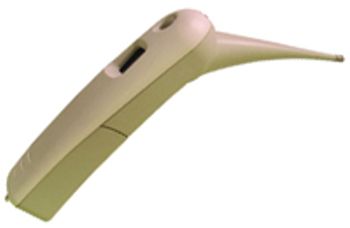
Jorgensen introduces the quick read thermometer.

Royal Canin introduces the Royal Canin Veterinary Diet Neutered Cat food, a balanced formula designed for neutered and spayed cats.

Vetlab Supply introduces a combination UV light and pen.